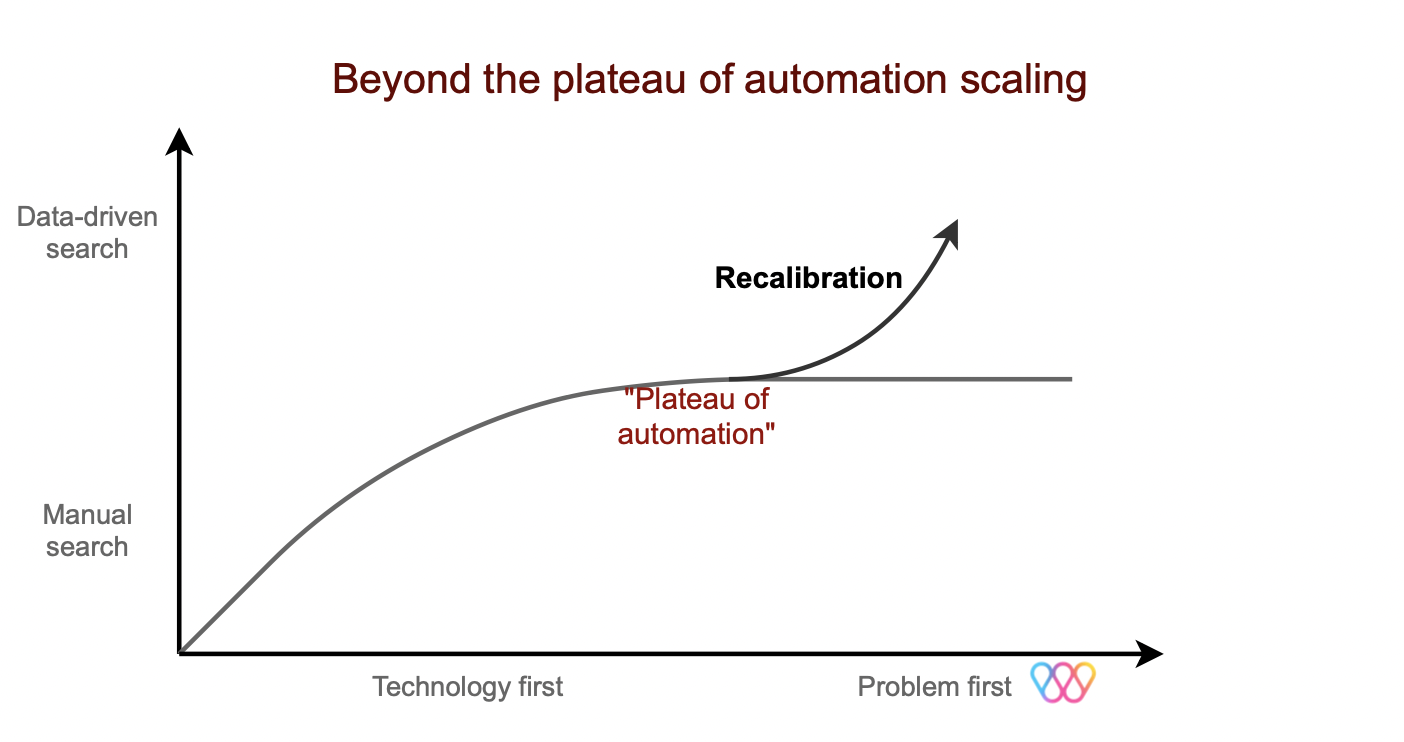Robotic Process Automation (RPA) has been a great trigger for massive business process automation, and some reports even suggest that it will keep on growing to a 200 billion USD market – with a little adjustment to the description of it. The latest milestone in the industry development has been UiPath’s debut as a publicly listed company in the U.S.
The benefits are expected to already be massive by using the current technologies, and the expectations keep increasing with hyperautomation popping up. Everyone has seen that software robots can provide real value in a variety of use cases. RPA has entered every large company’s business operations at least on some level. It has been great to see how robots deliver hundreds of thousands of transactions per year on business applications that process travel expenses, claims, or invoices freeing people from doing robot stuff.
We see now that robots are getting more competent at increasing speed, e.g., they use machine learning to predict invoice postings or interpret claim images as part of their process work. Yet, early adopters have already moved to a specific point in their journey, which we call a plateau of automation scaling.
The quick wins are done – what’s next?
Hitting the automation plateau
The apparent features of hitting the plateau are the following: you have already automated “quick wins”, your use cases are getting smaller and less impactful, and your CFO starts asking for more significant and sound results. This typically happens when easy-to-spot process workflows have been identified and automated. Hitting the plateau is not a problem if you acknowledge it on time and commit to making changes to go beyond it. First innovators are already recalibrating their way to bypass this plateau.
I believe that there are three reasons why companies stagnate at the plateau:
- Making manual discovery/search only
- Focusing on single technologies
- Having single viewpoint
When you have hit the plateau, trying to scale automation feels like implementing an endless number of smaller and smaller tasks the way you’ve always done it. That is great if it is your target. However, for a company at that stage, that is usually not enough.
Where there is a problem, there is a solution
When I used to work as an RPA consultant, I believe what differentiated me from the rest was my background of not coming from the process world. I looked more at the problems in work in general than what the process maps showed. Often, the best cases to automate are simply not defined in documents or are such a vital part of work that people don’t even notice it. I would call these system or horizontal bottlenecks.
For example, there was a systematic bottleneck at back-office operations where 12 people transferred data between two business applications, taking 30 minutes per day each. However, that was not documented in the process maps or charts. This hidden IT problem had a simple and effective solution to automate it, but no one noticed that as the 30 minutes was scattered throughout the day. The problem is that these kinds of issues are hard to spot, especially without the help of technology and data. The good news is that there are almost always solutions to escape the plateau of automation by solving those more significant problems – once they have been spot.
Technology and data will change the way we do development
We need capabilities beyond human to find invisible bottlenecks and problems. Data driven approach creates an understanding of how we work. It can unveil hidden patterns and manual activities that the human eye cannot observe or process. It certainly does not mean that humans would not need to develop work and processes anymore.
It means that the machine processes the data, and the people will:
- Get more significant and real problems to solve
- Focus on solving the problems, not finding them
- Get a path to go beyond the automation plateau
Siili SKALER is partnering with WorkFellow to enable data driven scaling of impactful automation use cases. Data driven use case identification from the end user perspective accelerates automation programs to reveal and analyze unidentified potential. Moreover, it prioritizes this potential based on facts, not on gut feeling.
Scale up your business benefits and get fit-to-purpose automation services for every phase of your automation journey with SKALER and WorkFellow.
About the writer:
Kustaa Kivelä
Workfellow / Co-Founder & CEO - Creating automated discovery to find manual and repetitive activities to make things flow and teams glow.
https://www.linkedin.com/in/kustaakivela/






